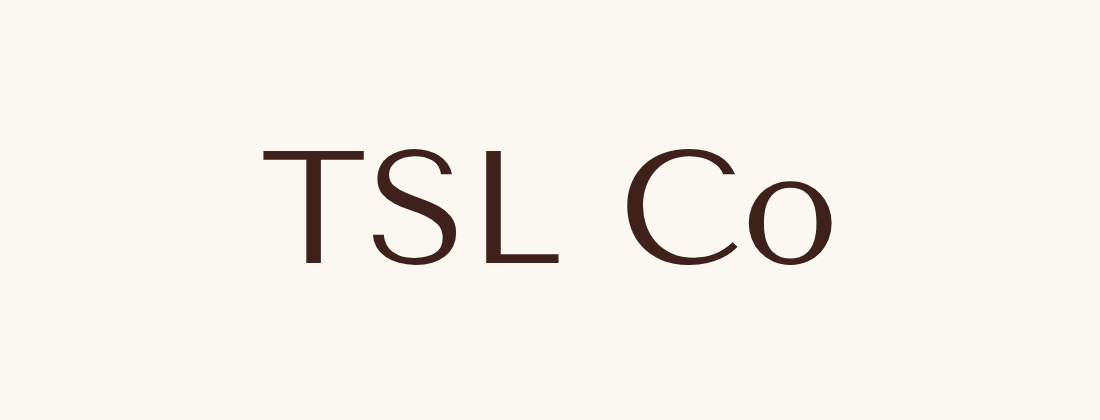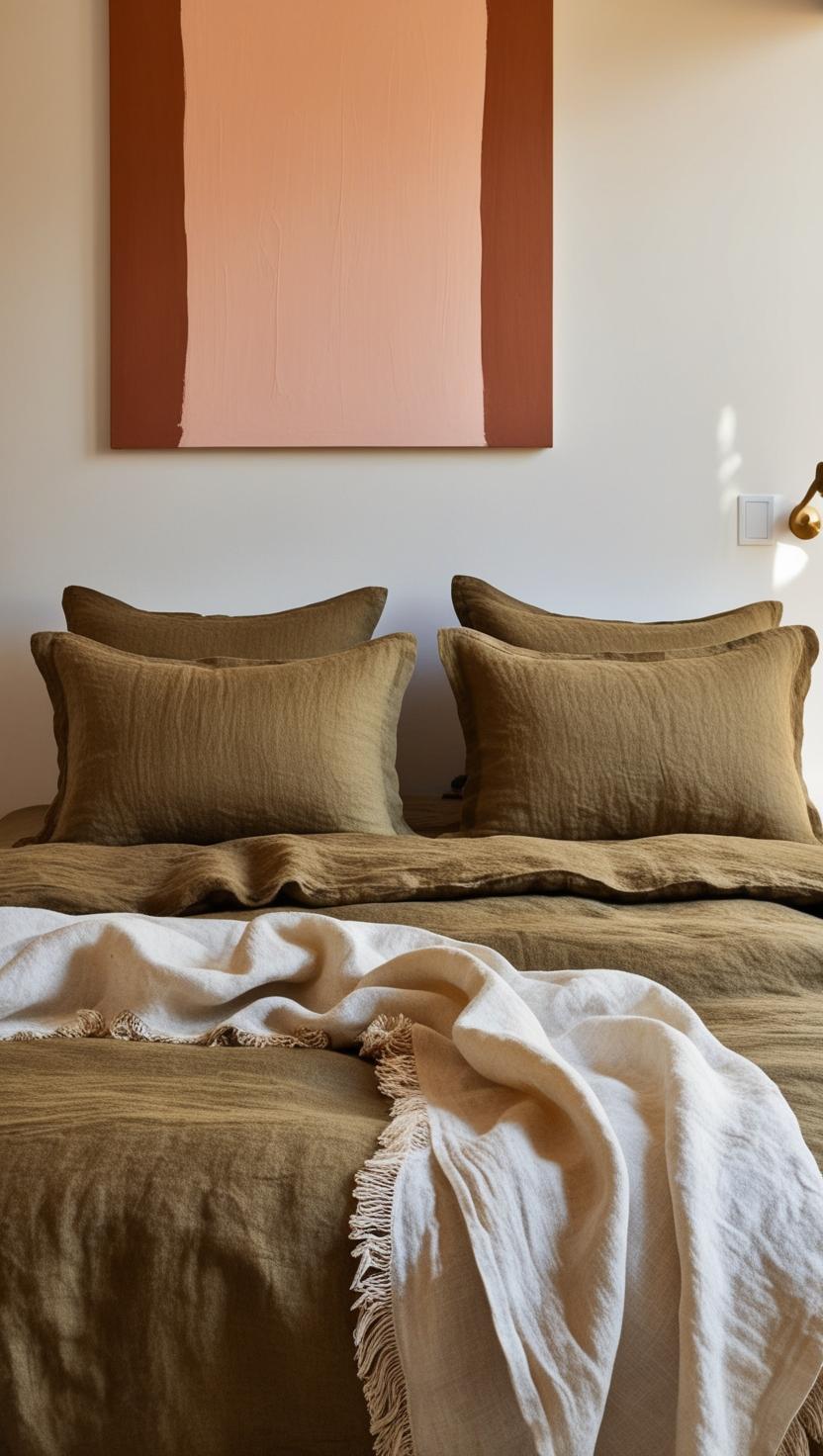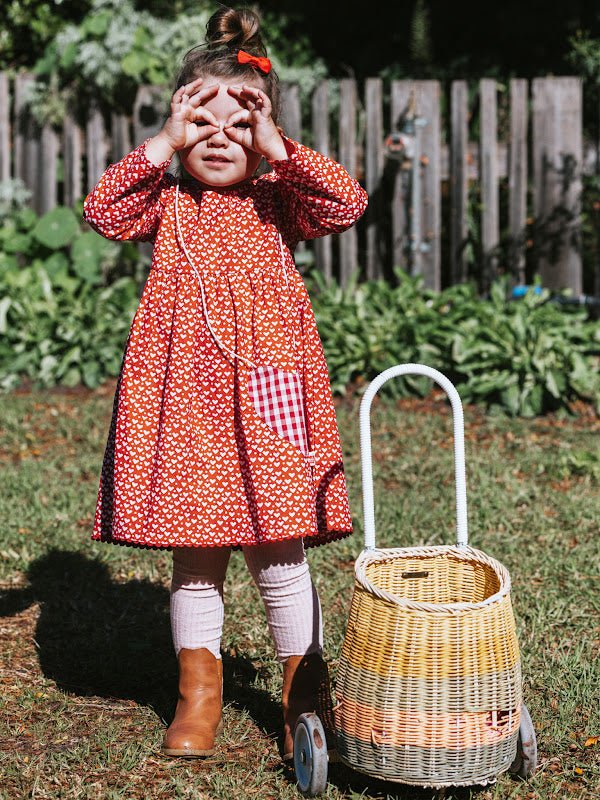
Linen vs cotton bathrobe: discovering the pros and cons of both
Whether you’re easing into a Sunday-morning ritual with a cuppa or wrapping up a long, steamy shower, the bathrobe you choose can turn an everyday moment into something special. Today we’re comparing two fabric heavyweights - linen and cotton - so you can make an informed choice.
Why fabric choice matters
A bathrobe is more than a wearable towel. It’s the first layer against your skin, the piece that ushers you into your next activity - whether that’s meditation with your morning brew, a quick stretch, or nestling into your favourite reading nook. The fabric you pick influences:
-
Comfort - how cosy or airy it feels
-
Performance - how well it absorbs water and dries
-
Style - the drape, texture and overall look
-
Eco-impact - the resources used to grow, process and eventually retire the fibre
Choosing wisely means you’ll enjoy your bathrobe longer and reduce waste down the track.

Linen bathrobes: weightless, lived-in luxury
What makes linen special
Linen is woven from flax fibres, famed for breathability, strength and natural texture. Slipping into a linen robe feels like a gentle breeze nudging you awake - ideal for warmer mornings and warm-blooded sleepers who hate feeling trapped in fabric.
The perks of linen
-
Breathability and fast drying
A loose weave lets air circulate and moisture escape, so you stay fresh not clammy. -
Durability that improves with wear
Linen fibres often become softer and stronger over time, taking on that coveted lived-in look. -
Eco-friendly credentials
Flax typically needs less water and fewer chemicals than conventionally farmed cotton. Choosing organic or OEKO‑TEX certified linen ensures you're getting a high quality linen that is environmentally responsible. -
Subtle, artisanal style
Natural creases give linen a relaxed, boutique-spa vibe that looks polished without trying too hard.
Caring for linen
-
Washing routine - Choose a gentle machine cycle, avoid bleach and fabric softeners, then air-dry on a rack to preserve its natural texture.
-
Long-term love - Let those natural creases stay; those wrinkles are part of its charm.

Cotton bathrobes: classic comfort
The basics of cotton
Cotton robes have long been popular for their soft, towel-like feel and easy care. Varieties include terry loop weaves for plushness and lightweight waffle textures for a leaner drape.
Cotton perks
-
Instant softness - A terry-loop weave gives a familiar fluffiness right out of the packaging.
-
Simple washing - Most cotton robes handle normal machine cycles and low-heat tumble-dry.
-
Broad availability - Cotton robes come in many cuts and colours, so there’s something for every taste.
Things to consider:
-
Slower drying - Thick terry-cotton traps moisture, so your robe can stay damp on humid days unless you hang it in a well-ventilated space.
-
Environmental impact - Conventional cotton farming often relies on heavy irrigation and pesticides. Organic or recycled cotton options are better but still need more resources than flax.
-
Potential pilling - Lower-grade cotton can pill or shed loops over time, especially if it’s not a high-quality midweight fabric.
Head-to-head comparison
| Feature | Linen robe | Cotton robe |
|---|---|---|
| Feel on skin | Airy, breezy, lightly textured | Soft, cushioned but denser |
| Moisture management | Wicks quickly, dries fast | Highly absorbent, slower to dry |
| Drape and style | Relaxed creases, minimal and refined | Structured loops, more casual |
| Initial softness | Gets softer with time | Immediate plush comfort |
| Durability | High - fibres strengthen over time | Variable - quality-dependent |
| Care |
Machine washable, tumble dry on low |
Machine-washable, tumble-dry okay |
| Eco-impact | Lower water use, fewer chemicals | Higher water use, chemical reliance |
| Price range | Premium | Budget to midrange |
Sustainability spotlight
Minimising replacements is a simple way to be kinder to the planet. Here’s how the fabrics compare:
-
Linen (flax):
• Naturally pest resistant
• Often rain-fed rather than irrigated
• Fully biodegradable -
Cotton:
• Conventional varieties need irrigation and pesticides
• Organic cotton cuts chemical use but still demands water
• Recycled cotton keeps waste out of landfill
On balance, a linen bathrobe tends to be a lot kinder to the planet.

Making your choice
At the end of the day, both fabrics have merit. If you:
-
Want weightless breathability, durability that deepens character and a smaller environmental footprint, a linen bathrobe is the clear choice.
-
Prefer instant softness with easy machine care, cotton will deliver but weigh up eco factors and potential longevity.
Given its versatility, performance and sustainability, linen robes often emerge as the smarter long-term investment. They also make perfect gifts: linen bathrobes offer thoughtful, sustainable and luxurious presents for birthdays, Mother’s Day, housewarmings or simply to show someone you care.
Explore our curated range of linen robes to find the one that matches your ritual, whether you’re savouring sunrise stretches or winding down with an evening cuppa.






